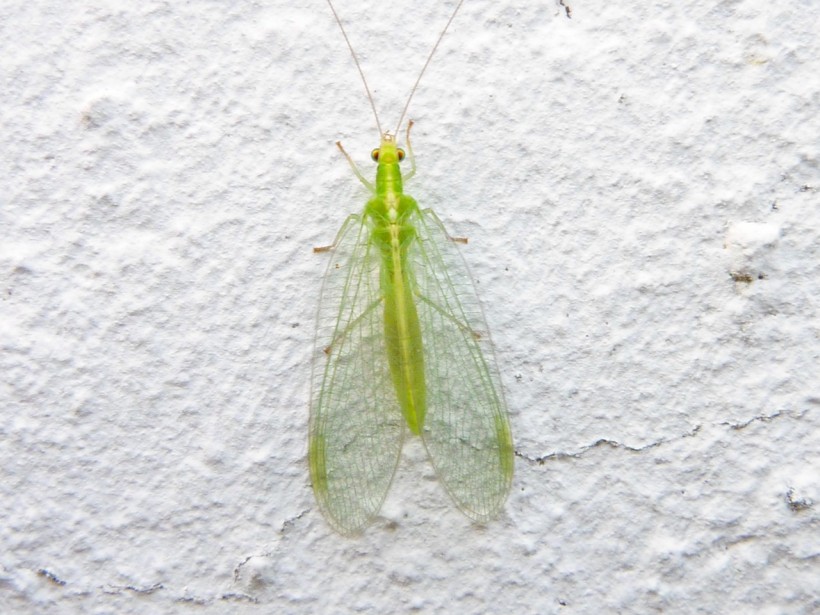It is unusual to come across a lost species while grocery shopping, yet that exactly what happened in 2012 to Professor Michael Skvarla while at Walmart.
According to MailOnline, the Penn State University's Insect Identification Lab biologist discovered the huge, captivating Polystoechotes punctata gigantic lacewing outside a Walmart in Fayetteville, Arkansas. It is not a new species; rather, it was first discovered in 1793 by Danish biologist Johan Fabricius although it has not been observed in eastern North America in over 50 years.

Lacewing
A Large Charismatic Jurassic Era Insect
Professor Skvarla misdiagnosed it initially as an antlion, a sort of insect predator infamous for luring animals into death traps. But its true identity was revealed in 2020 during the pandemic.
🐛A Jurassic-Era insect was found in #Fayetteville.
A Pennsylvania State University professor found this ⤵ Polystoechotes punctata, or giant lacewing, near a Walmart back in 2012.
The insect hasn’t been seen in North America in more than 50 years. https://t.co/drT2eLZkrM pic.twitter.com/wcITpDDNi6— Chelsea Helms (@ChelseaHelms1) March 1, 2023
Now, Skvarla authored a study titled "Rediscovery of Polystoechotes punctata (Fabricius, 1793) (Neuroptera: Ithonidae) in Eastern North America," published in the Proceedings of the Entomological Society of Washington, where he described it in full.
He told MailOnline that he was a doctoral student at the University of Arkansas when he saw the "large, charismatic" insect outside of Walmart. He thought it looked interesting and took it home with the rest of his groceries.
At home, he killed the insect using standard equipment in entomology for dispatching insects. The jar has some plaster in the bottom infused with acetone, ethanol, and another substance that kills insects quickly. Then he pinned it to his collection.
However, it remains a mystery as to how the insect arrived on the exterior of Walmart, specifically at a well-lit side of the building at night, which suggests it might have been attracted to the lights and have flown hundreds of feet away.
READ ALSO: Short-Winged Flower Beetle Discovered to Live in Myanmar 98 Million Years Ago
Misidentified Insect Finally Gained Its Identity
Professor Skvarla misidentified it as an antlion at the time, which is the name of an entirely other insect families. Antlions acquire their name from the predatory tendencies of their larvae, which dig holes to catch passing ants or other prey.
But it was not until the COVID-19 pandemic that Skvarla and his team found out its identity, the press release reports. He was teaching his students via Zoom about the specimen when he noticed its characteristics did not match the antlion. Rather, he thought it looked like a giant lacewing with a span of 50 millimeters, indicating that it was not an antlion.
Codey Mathis, a doctoral candidate in entomology at Penn State, said that they were watching Skvarla showing the specimen under the microscope when they realized that the insect was, in fact, a super rare giant lacewing.
So, they conducted molecular DNA analyses on the specimen to confirm its identity. They found that it was indeed a giant lacewing and deposited the insect safely in the Frost Entomological Museum's collection at Penn State, where students and professors could further study it.
RELATED ARTICLE: 30-Million-Year-Old Baltic Amber Reveals First Adult Lacewing That Looks Like Praying Mantis
Check out more news and information on Paleontology in Science Times.














